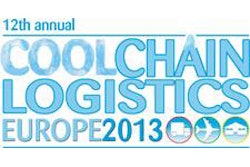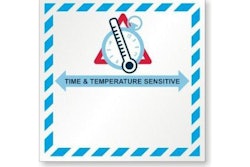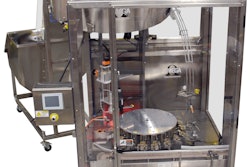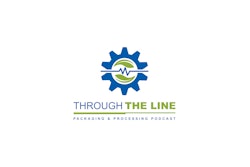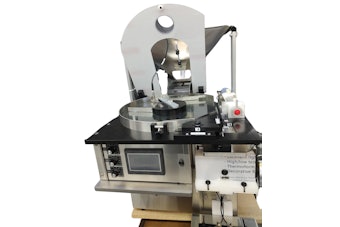Patients should expect to receive quality medicine on time, safe, and effective said Shirley-Ann Feld of Sanofi-Aventis during day two at IQPC’s Cool Chain Logistics Europe 2013 in Basel, Switzerland.
And any medicines that require controlled temperature storage should also be transported appropriately.
With the new upcoming European Union Good Distribution Practice guidelines out soon, a risk-based approach needs to be utilized. Different approaches need to be evaluated to develop the right room temperature control supply chain strategy.
Transportation is more complex than you think. You must understand the distribution chain being used, identify potential risks, perform a risk analysis, and choose the correct transport mode.
One misconception is that most distribution within the EU is by plane, but actually most drug shipments are transported by truck, at least for Sanofi-Aventis. However, there are two types of truck in the EU, typical box trailers similar to the U.S., and the soft-sided or even soft-topped tautliner.
One test performed by Sanofi-Aventis was to split shipments in both types of truck and run them to the same destination—France to Switzerland and France to Portugal. Testing revealed that the tautliner experienced much more temperature deviations.
Temperature-regulated box trailers were found to be most effective. Other factors that influenced temperature were immediate loading and unloading of cargo rather than letting the trailer sit on a loading dock.
Heating or cooling the truck before loading helped stabilize temperature variations as well. Finally, Sanofi-Aventis discovered traveling by day during the winter, and by night in the summer also reduced risk of temperature excursions.
Testing sea freight was equally revealing. Ideally you want to place your cargo in the hold, not on deck (unless crossing the equator where hot temperatures outside create an “oven effect” in the hold), but shipping companies do not honor these requests, they load containers in the order they are received. Also, you can ask where you cargo was placed on the ship to better understand your data monitors, but often will not get an answer.
Two containers with monitors on the same ship can yield wildly different results. Insulation was found to be ineffective, actually trapping heat in the shipment—the greenhouse effect.
Sanofi-Aventis tests compared dry container vs reefer, which was 30% more expensive. But tests revealed many variables influencing temperature such as external temperatures, amount of sunshine vs cloudy days, and time waiting on dock, that Sanofi-Aventis opted for more expensive reefers to reduce losses.
Air transport revealed such risks as time on tarmac (generally, a lot of time is bad) stop overs, off-loading, changes in flight plans due to weather or mechanical failure, etc. Sanofi-Aventis is still testing options here, but found that clear pallet wrap again acts like a greenhouse and traps heat in the shipment, while white or metallized wrap offered better, comparable thermal protection.
Data loggers placed at the bottom of the load revealed ground temperature can affect the shipment as well. Consider an insulated bottom cover to protect from hot or cold ground temperatures.
The impact of adverse temperatures on shipments of drugs is not always obvious. You need stability data or might have to perform extra tests at additional cost.
Or you simply have to destroy the shipment.
A study of Sanofi-Aventis insurance claims found some theft and damage, but the overwhelming majority of claims came from temperature excursions.
In a later panel discussion, an audience member asked how difficult it is to qualify or validate a thermal cover, for instance (a metallic blanket placed on top of pallet).
I don’t see why it is difficult to qualify this, to be honest, said Feld. I would never discuss validation because you are never going to achieve 100% repeat of weather conditions, the same pilot, captain, truck driver, etc. But you can qualify your methods by demonstrating the robustness of the system you choose. But be aware that temperature monitoring will still be necessary to prove the product has not been impacted.
It is also important to look at primary packaging and dosage form. Creams or ointments will react differently than suspensions or solid doses. And you have to look at the package itself, in addition to possible glass breakage, and determine what will happen to label adhesion or to the carton in high humidity conditions.



